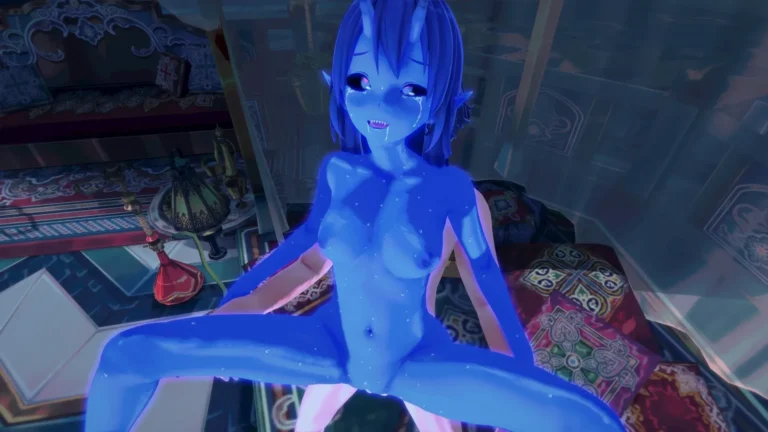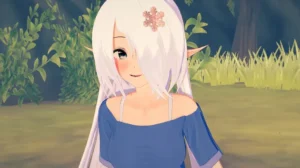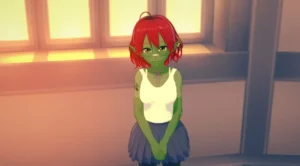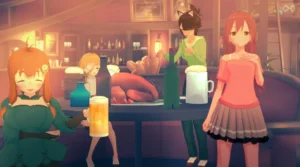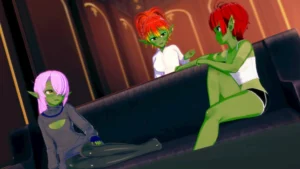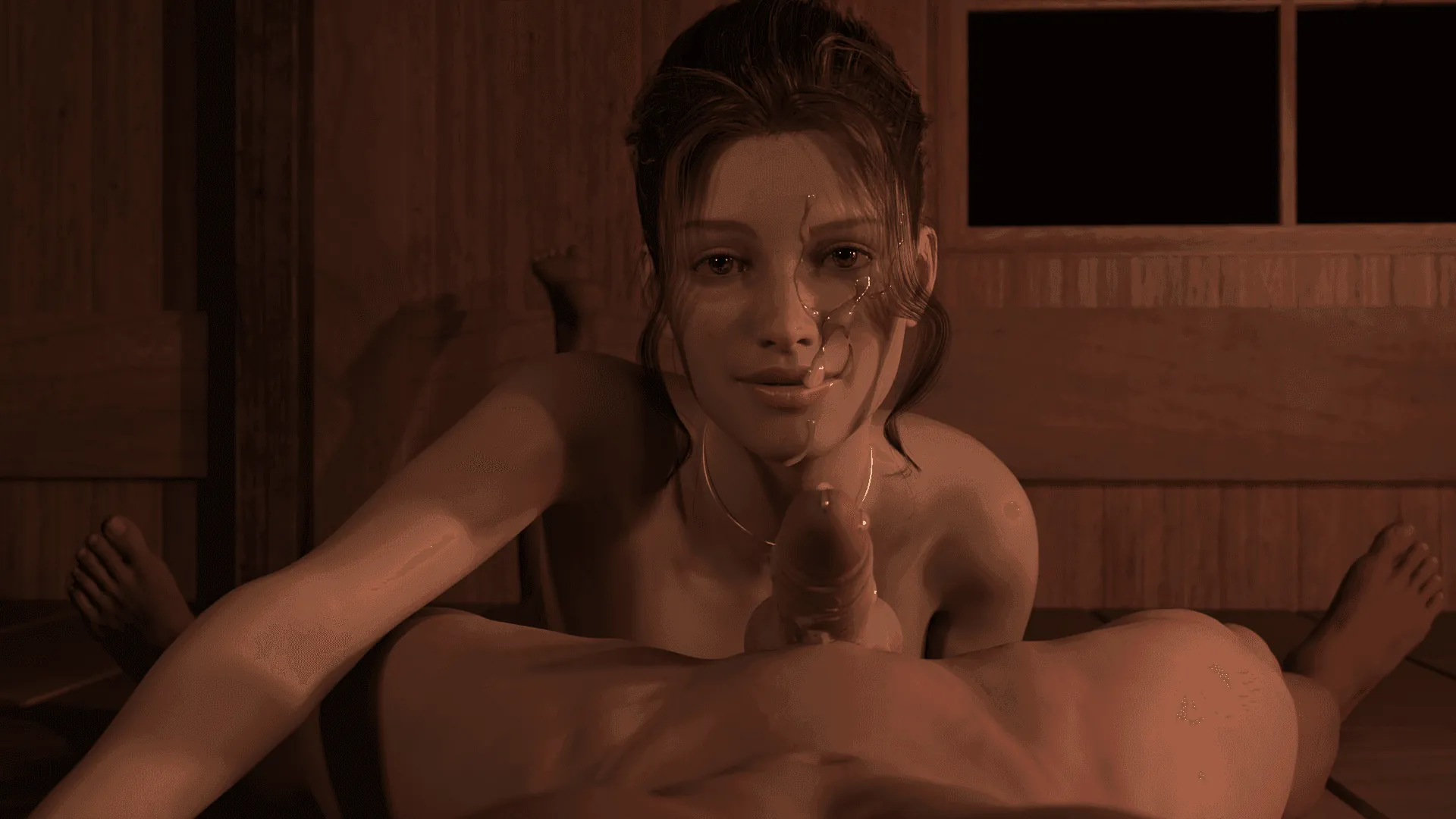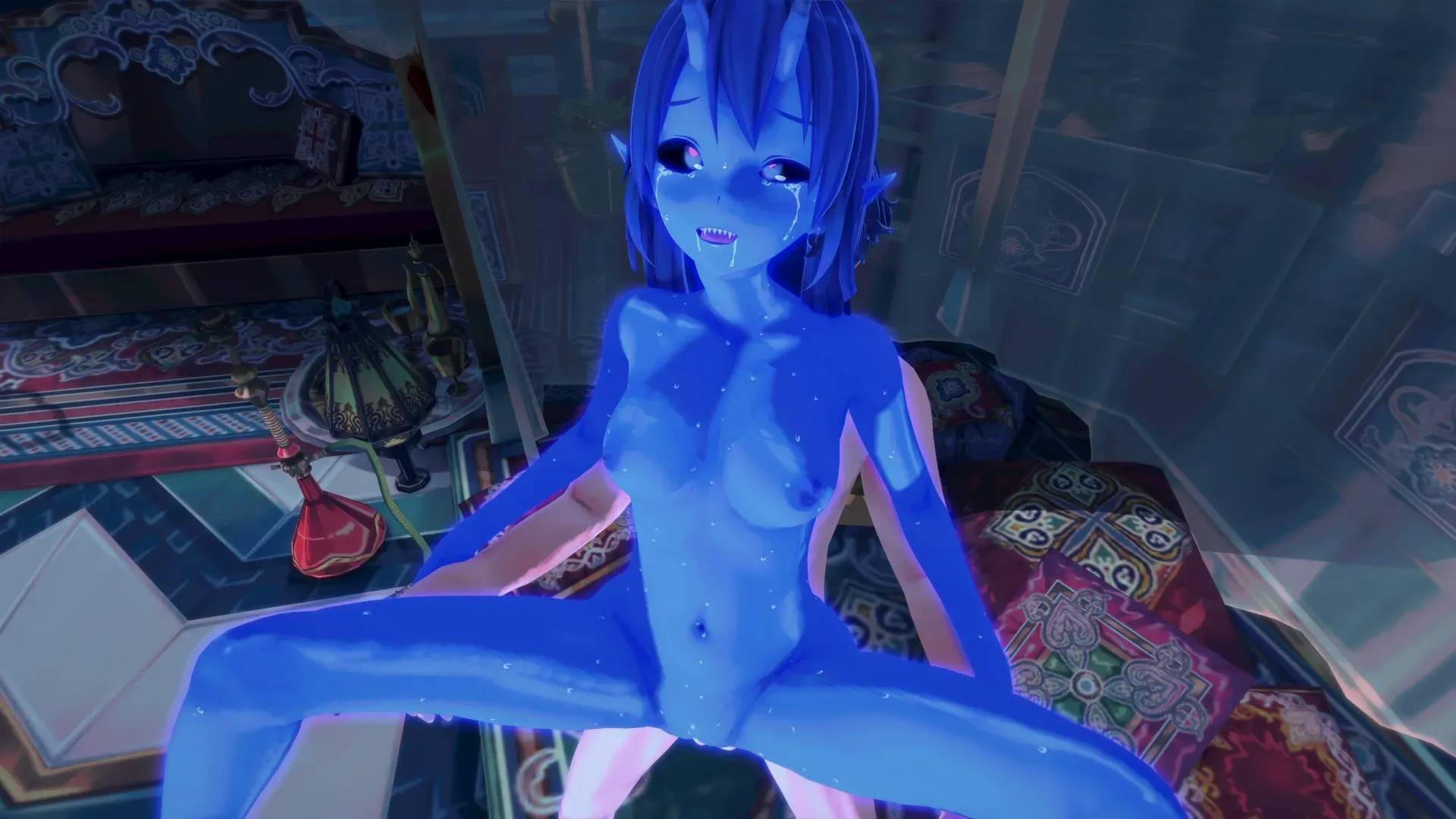
Tales of Unity
Play Tales of Unity
Tales of Unity review
Exploring the Story, Gameplay, and Unique Elements of Tales of Unity
Tales of Unity offers a distinctive experience blending immersive storytelling with mature themes that are woven naturally into the gameplay. Unlike many games in its genre, it prioritizes narrative depth and character development, making the mature content feel like an integral part of the story rather than a mere add-on. In this article, we’ll explore what makes Tales of Unity stand out, from its unique setting to its engaging characters and gameplay mechanics.
Understanding the Story and Setting of Tales of Unity
What is the premise of Tales of Unity?
Let me paint you a picture. Imagine a world where the war is over, but the real struggle has just begun. 😮 That’s the powerful hook of the Tales of Unity story. We’re thrown into the fractured continent of Elysia, decades after the devastating “War of Ashes” concluded. The side of light, humanity, lost. 🏰 Now, the victorious and magically superior Aethel rule over a broken humanity, enforcing a brutal system of oppression and slavery. It’s a post-war game setting that doesn’t pull any punches, focusing not on the epic battles of the past, but on the grim, everyday reality of living under the heel of a conqueror.
I remember the first time I booted up the game; the opening cinematic wasn’t a glorious charge into battle, but a quiet, somber shot of human laborers rebuilding a city for their new masters. It immediately set a tone that was both heavy and incredibly compelling. The core premise follows a small, unlikely band of characters from both sides of the conflict who are thrown together by fate. Their goal isn’t some grand, world-saving quest from the outset. It’s far more personal and grounded: survival, resistance, and the search for a sliver of hope in an overwhelmingly dark world. This focus on the aftermath is what makes the Tales of Unity narrative feel so fresh and weighty.
To help you get a handle on the central figures driving this story, here’s a breakdown of the key players you’ll meet:
| Character | Faction | Role & Motivation |
|---|---|---|
| Kaelen | Human Resistance | A former soldier haunted by his past failures, driven by a need to protect what little remains of his people. |
| Lyra | Aethel Overseer | A high-ranking official beginning to question the morality of her people’s rule, seeking a path to redemption. |
| Bren | Human Slave | Motivated purely by the desire for freedom and reuniting with a lost family member, representing the will of the oppressed. |
| Faelan | Aethel Dissident | An academic exiled for her radical beliefs, she works from the shadows to uncover historical truths that could change everything. |
These character motivations in Tales of Unity are the engine of the entire experience. They aren’t just cardboard cutouts; they are deeply flawed, morally grey, and constantly evolving based on the choices you make and the relationships you foster. Their personal journeys are the plot. ✨
How does the setting influence the narrative?
You can’t talk about the Tales of Unity setting without acknowledging it as a full-blown character in its own right. Elysia isn’t just a pretty backdrop; it’s a wound that hasn’t healed. 🗺️ Every location tells a story. Crumbling human cities stand in the shadow of sleek, oppressive Aethel spires. The countryside is scarred by the magical fallout of the old war, with dangerous anomalies and mutated creatures. This post-war game setting directly dictates how the story unfolds.
The world doesn’t care about your quest. You have to navigate its dangers and politics to survive.
For instance, travel isn’t free. Moving between regions often requires dealing with Aethel checkpoints, bribing guards, or finding dangerous smuggler routes. This isn’t just a gameplay mechanic; it’s a narrative device that creates constant tension and forces you into situations that develop the plot and your party’s relationships. Do you risk a direct confrontation, or does someone in your party use their status to talk your way through? These moments are where the Tales of Unity plot elements truly shine, emerging organically from the world itself.
The oppression is palpable. You’ll walk through market squares where humans are traded as property, and it’s treated as mundane. This constant, ambient injustice makes those moments of rebellion and connection feel so much more impactful. When your party shares a quiet campfire story or stands up to a cruel overseer, it matters because the world has spent hours showing you why such acts are both necessary and terribly dangerous. The setting is the reason the Tales of Unity story has such a powerful, emotional gut-punch. 💔
What themes drive the story forward?
Alright, let’s get into the heavy stuff. The mature themes in Tales of Unity are what elevate it from a simple fantasy RPG to a memorable narrative experience. We’re not talking about themes that are “mature” just for the sake of being edgy. Instead, they are woven intricately into the fabric of the Tales of Unity narrative, asking difficult questions without offering easy answers.
The most prominent theme is the cycle of oppression. The game brilliantly explores how those who were once oppressed can, when given power, become the oppressors themselves. The Aethel aren’t just mustache-twirling villains; their culture is built on a fear of humanity’s past aggression and a belief in their own racial superiority for “maintaining order.” Sound familiar? 😥 It holds up a dark mirror to our own history, making the conflict terrifyingly relatable.
Other mature themes in Tales of Unity include:
- The Cost of Freedom: Is liberation worth the price of countless lives? The game forces you to make choices where there is no “good” option, only varying degrees of sacrifice.
- Questioning Idealism vs. Pragmatism: Your party is divided between idealists who believe in a better way and pragmatists who are willing to get their hands dirty. These philosophical debates happen around the campfire and in the middle of missions, directly influencing the story’s direction.
- Identity and Belonging: Characters like Lyra are torn between their cultural heritage and their growing moral conscience. Her entire arc is a painful and beautiful exploration of where one’s loyalties should truly lie.
What’s masterful is how these mature themes in Tales of Unity are presented. They aren’t delivered in long, boring speeches. You experience them through the character motivations in Tales of Unity. You see the cost of war in Kaelen’s PTSD. You feel the conflict of ideals in the heated arguments between party members. You understand the depth of oppression through Bren’s simple, powerful desire to just feel the sun on his face without fear. 🌅
The Tales of Unity story succeeds because it trusts you, the player, to sit with this discomfort and complexity. It doesn’t preach; it presents. And by doing so, it creates a journey that stays with you long after you’ve put the controller down, prompting you to think about unity, sacrifice, and the very meaning of freedom. 🤔
Tales of Unity offers a unique blend of storytelling and gameplay that sets it apart in its genre. Its thoughtful integration of mature themes within a rich narrative framework creates an experience that is both engaging and meaningful. Whether you’re drawn by the story, the characters, or the gameplay, Tales of Unity provides a memorable journey worth exploring. Dive in and discover the depth and nuance this game has to offer.
